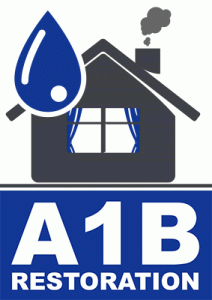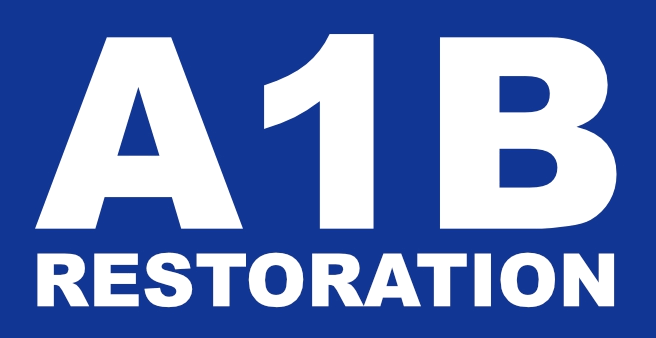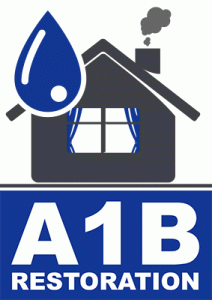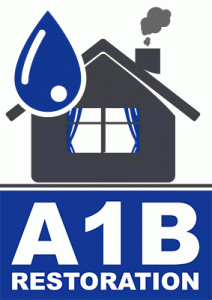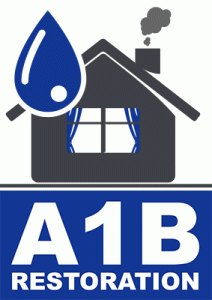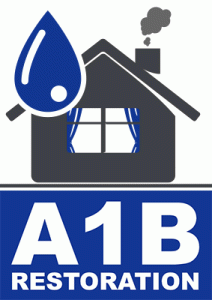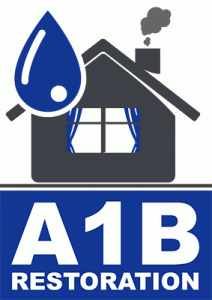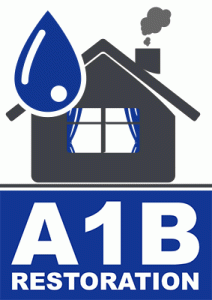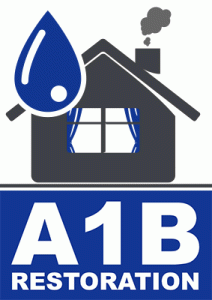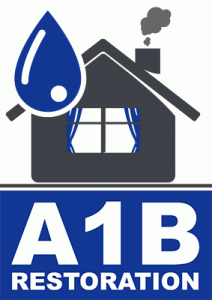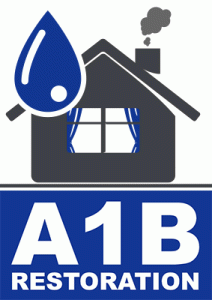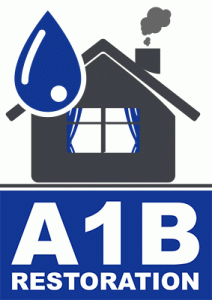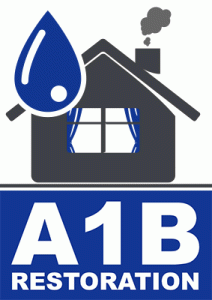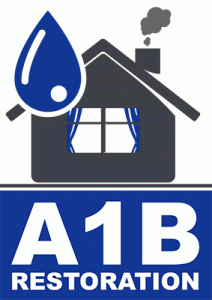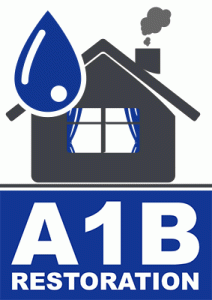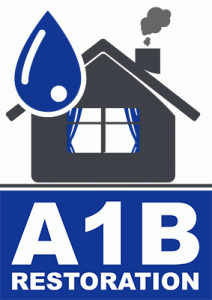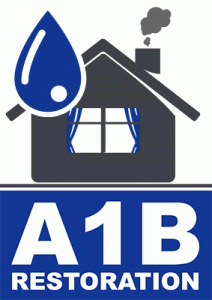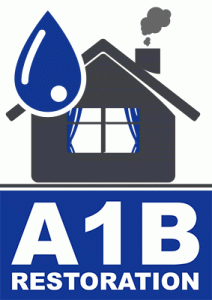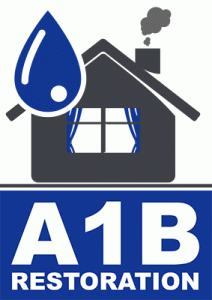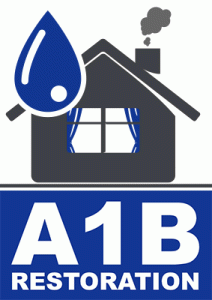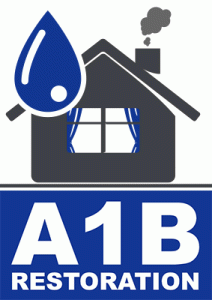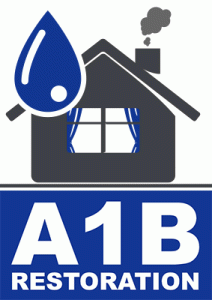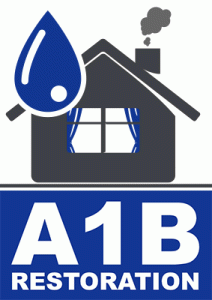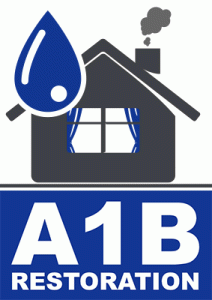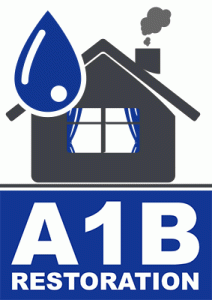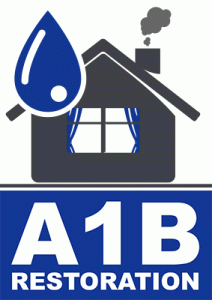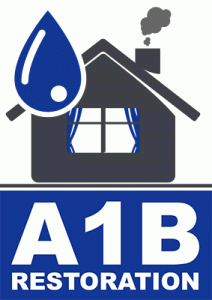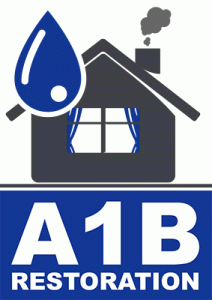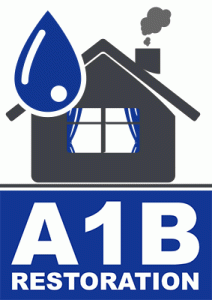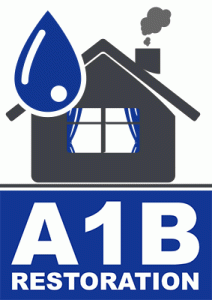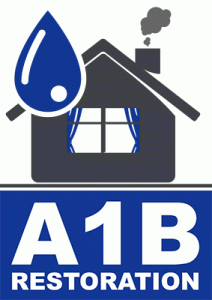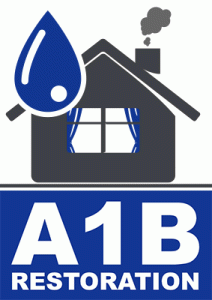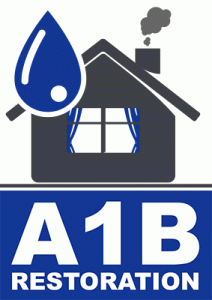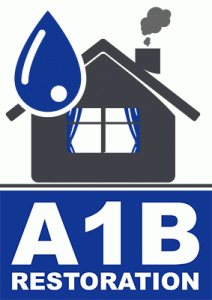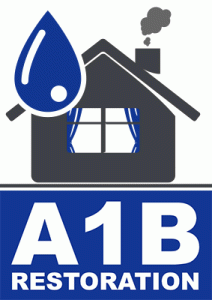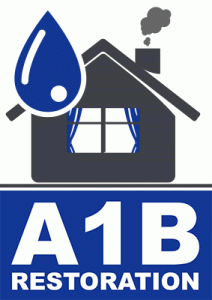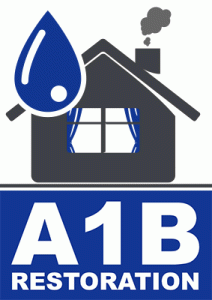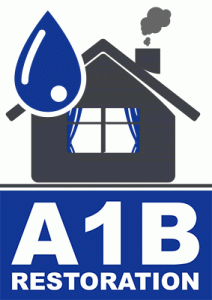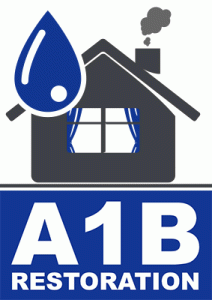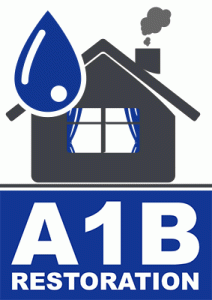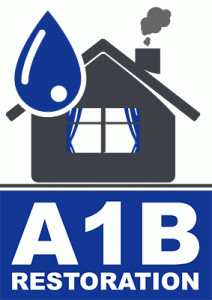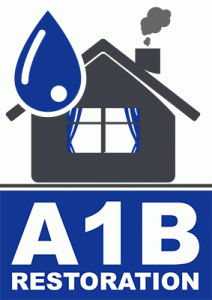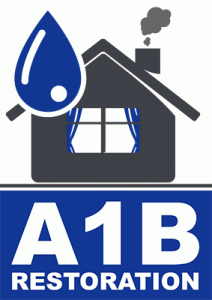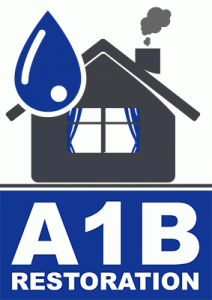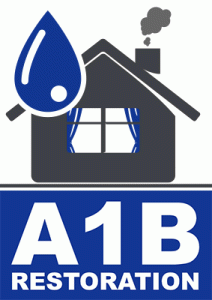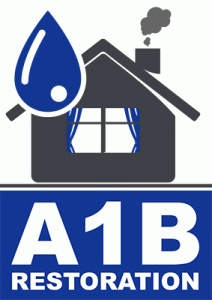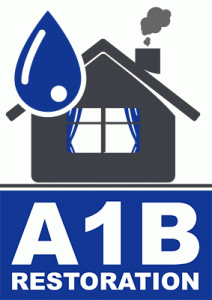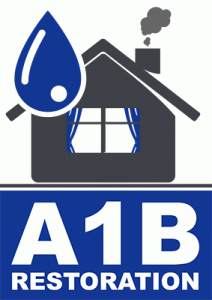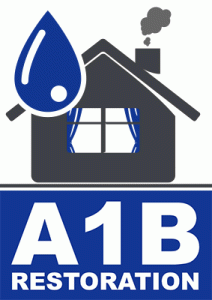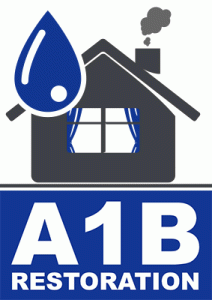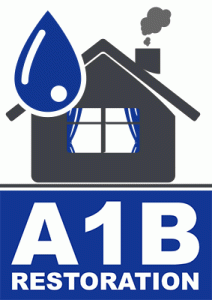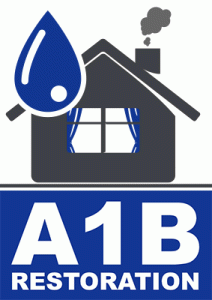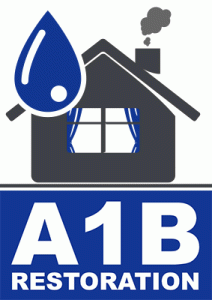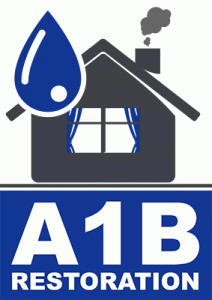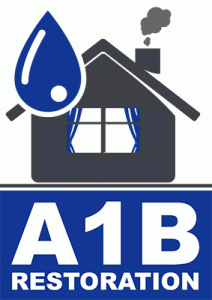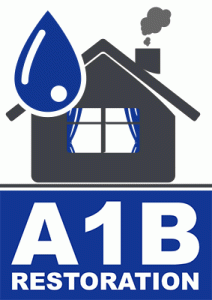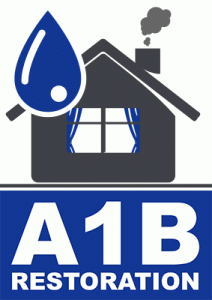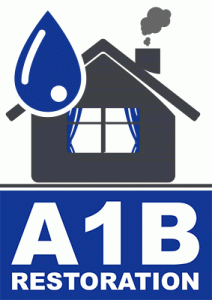Water Damage Restoration: Myths vs. Facts
Water damage can be a homeowner’s worst nightmare. Whether caused by natural disasters, plumbing failures, or other unforeseen events, the consequences can be extensive and costly. However, misconceptions about water damage restoration often lead to ineffective solutions or, worse, inaction. In this blog post, we will debunk some of the most common myths about water damage restoration and provide you with factual information to better prepare you for handling such situations effectively.
Understanding Water Damage
Before diving into myths and facts, it’s essential to understand what water damage entails. Water damage refers to various losses caused by water intruding where it can attack materials and systems, leading to destructive processes such as rotting of wood, mold growth, rusting of steel, and many others.
Statistics on Water Damage
According to the Insurance Information Institute, water damage accounts for almost 29% of all insurance claims in the United States. Another report by the American Insurance Association states that water damage claims have been growing faster than other components of homeowners insurance. These statistics underline the importance of understanding and addressing water damage correctly.
Myth #1: A Little Water Can’t Cause Much Damage
One of the most common misconceptions is that small amounts of water are harmless. The truth is, even minimal water exposure can lead to severe damage over time, particularly if it involves porous materials such as wood or drywall.
The Impact of Small Water Leaks
Consider a small leak in your ceiling or a minor pipe burst. Over time, this can lead to mold growth, structural weakening, and even electrical hazards. According to FEMA, mold can start growing within 24 to 48 hours in the presence of water, making timely intervention critical.
Myth #2: DIY Solutions Are Just as Effective
While a DIY approach might seem cost-effective, it often overlooks the underlying issues that professionals are trained to identify and address.
When to Call the Professionals
Professional water damage restoration services use specialized equipment and techniques to thoroughly dry and restore affected areas. They also assess for hidden moisture that can lead to long-term issues, something that consumer-grade solutions often miss. The Institute of Inspection, Cleaning and Restoration Certification (IICRC) recommends professional intervention to ensure complete and safe restoration.
Myth #3: Once Dry, the Problem Is Solved
Another myth is that once the visible water is gone, the problem is resolved. However, drying is just the first step in a comprehensive restoration process.
The Importance of Dehumidification
Simply drying the surface doesn’t address the moisture that can linger in walls, floors, and other structures. This trapped moisture can lead to mold growth and structural damage. A thorough dehumidification process is necessary to remove all moisture and prevent future problems.
Myth #4: Insurance Always Covers Water Damage
Many homeowners believe that their insurance policy will cover all types of water damage. Unfortunately, this is not always the case.
Understanding Your Policy
Insurance coverage for water damage varies significantly depending on the cause. For instance, damage from a sudden burst pipe might be covered, whereas gradual damage from a leaky faucet often is not. It’s crucial to thoroughly read and understand your insurance policy and consider additional flood insurance if you live in a high-risk area.
Myth #5: All Water Damage Is the Same
Not all water damage is created equal. There are different categories and classes of water damage, each requiring specific approaches for effective restoration.
Categories and Classes of Water Damage
Category 1 involves clean water from sources like broken pipes. Category 2 involves gray water, which contains some contaminants. Category 3 involves black water, highly contaminated and potentially harmful. The class of damage refers to the evaporation rate and impact on the environment. Understanding these distinctions helps in selecting the right restoration method.
Actionable Tips for Water Damage Prevention
While understanding myths and facts is crucial, prevention is always better than cure. Here are some actionable tips to help prevent water damage in your home:
Regular Maintenance and Inspections
Conduct regular inspections of your plumbing, roof, and drainage systems. Look for signs of wear and tear and address issues promptly to prevent escalation.
Install Water Detection Devices
Consider installing water detection devices in high-risk areas like basements and near appliances. These devices alert you to leaks early, helping you take immediate action.
Maintain Proper Drainage
Ensure gutters and downspouts are clear of debris and direct water away from your home’s foundation. Proper landscaping can also help prevent water from pooling around your home.
Conclusion
Water damage can have devastating impacts on your home and finances, but falling for common myths can exacerbate these effects. By understanding the facts and taking proactive measures, you can effectively mitigate risks and handle any water damage situation more efficiently. Remember, when in doubt, consulting with water damage restoration professionals can save you time, money, and stress in the long run.
For more information on how to protect your home from water damage and other related topics, stay tuned to our blog.
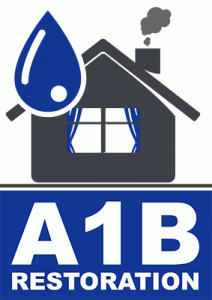
Lake Highlands Dallas TX water damage restoration
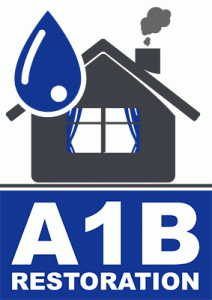
water restoration companies near me Duncanville Texas
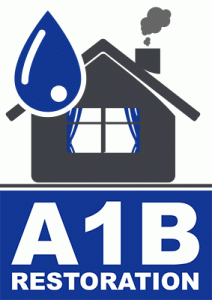
water restoration companies near me Flower Mound Texas

Fairview Texas restoration water damage companies

Carrollton Texas water damage restoration near me

Lakewood Dallas TX water damage restoration services
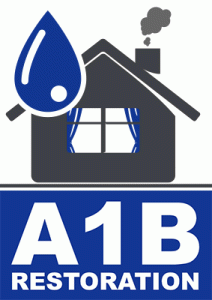
best water damage restoration near me Frisco Texas

water damage restoration services near me Crowley Texas
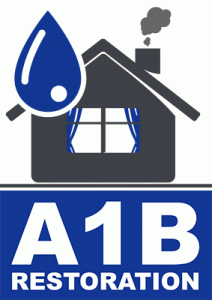
Cedar Hill Texas water damage restoration near me
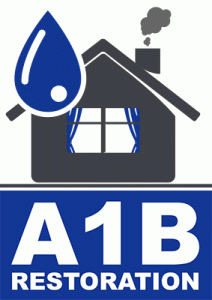
Arlington Texas water damage restoration service near me
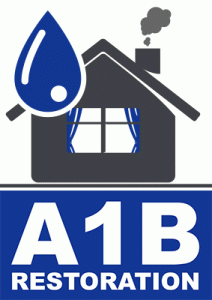
emergency water damage restoration The Colony Texas
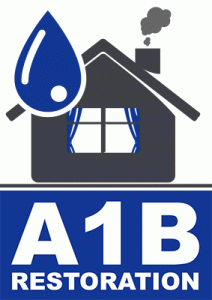
water remediation company near me Lewisville Texas

North Richland Hills Texas water damage restoration service near me

Flower Mound Texas restoration water damage companies

Lake Highlands Dallas Texas water damage companies

Highland Park Texas water extraction company near me

Richardson Texas water damage restoration service near me

Irving Texas water damage restoration service near me
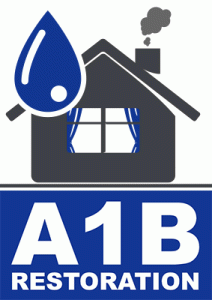
Colleyville Texas water damage restoration service near me

Sunnyvale Texas water damage restoration service near me
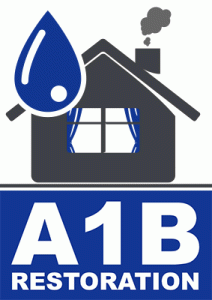
Haltom City Texas water damage restoration near me

McKinney TX water damage restoration companies near me

Lakewood Dallas TX water damage restoration companies near me

Haltom City TX water damage restoration companies near me

Lakewood Dallas TX restoration water damage experts
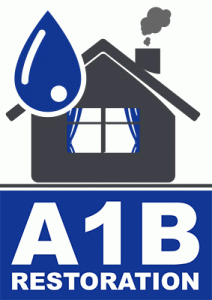
Flower Mound TX water damage restoration services
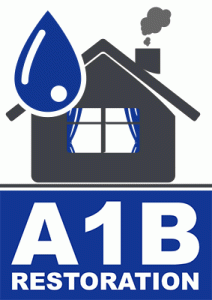
Preston Hollow Dallas TX emergency water damage cleanup
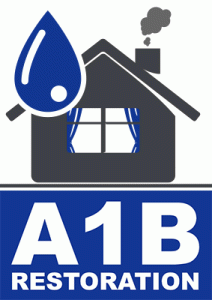
Royse City TX water damage restoration companies near me
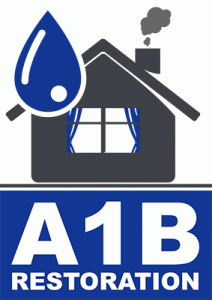
North Richland Hills TX home water damage restoration

best water damage restoration near me Plano Texas

water damage restoration services near me Arlington Texas

residential water damage restoration Royse City Texas
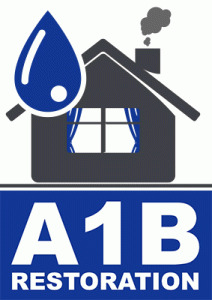
water restoration companies near me Rockwall Texas
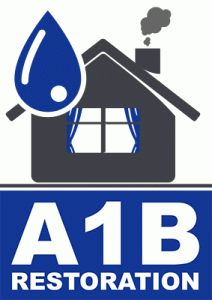
residential water damage restoration Sachse Texas
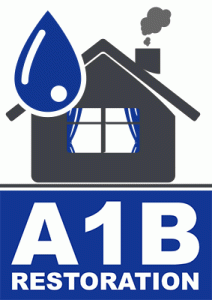
restoration company water damage Highland Park Texas
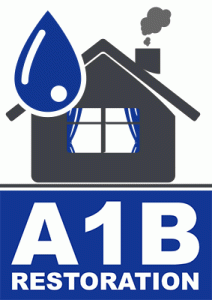
water damage cleanup companies Highland Park Texas
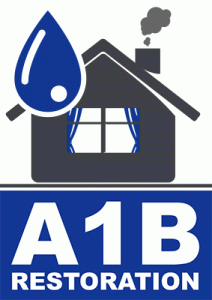
water damage restoration services near me Little Elm Texas

water remediation company near me The Colony Texas

restoration services water damage Carrollton Texas
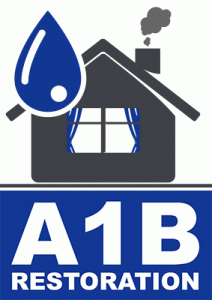
emergency water damage restoration Southlake Texas

residential water damage restoration Carrollton Texas
